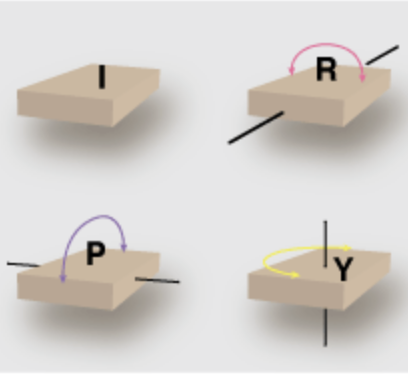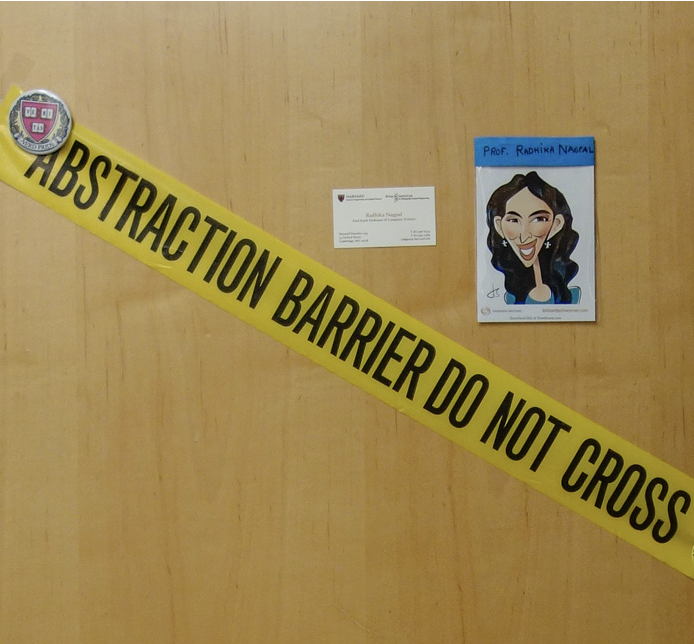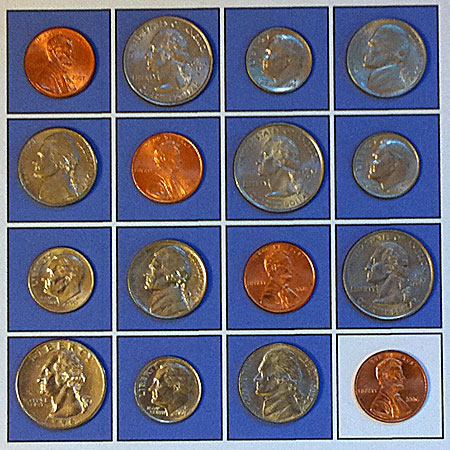Nullity
by Brian Hayes
Published 7 December 2006

This just in from the BBC…. Maths boffin from Berkshire solves 1200-year-old problem of division by zero.
Dr James Anderson, from the University of Reading’s computer science department, says his new theorem solves an extremely important problem - the problem of nothing….
The theory of nullity is set to make all kinds of sums possible that, previously, scientists and computers couldn’t work around.
“We’ve just solved a problem that hasn’t been solved for twelve hundred years - and it’s that easy,” proclaims Dr Anderson having demonstrated his solution on a whiteboard at Highdown School, in Emmer Green….
Despite being a problem tackled by the famous mathematicians Newton and Pythagoras without success, it seems the Year 10 children at Highdown now know their nullity.
Anybody who can solve a problem that was tackled by Pythagoras 1200 years ago must be onto something.
(Thanks to reader Frank Tamborello for the timely tip.)
Responses from readers:
Please note: The bit-player website is no longer equipped to accept and publish comments from readers, but the author is still eager to hear from you. Send comments, criticism, compliments, or corrections to brian@bit-player.org.
Publication history
First publication: 7 December 2006
Converted to Eleventy framework: 22 April 2025




Maybe you should make clear that this is a shoddy example of journalism, giving too much coverage to a non-discovery by someone who seems like a crackpot?
Here are some good rebuttals.
The problem was not quite solved by pythagoras. Almost, but not quite.
There are 3 existential types, not just 2.
1) That which exists.
2) That which does not exist.
3) That for which existence is indeterminate.
Any trivial is of the third type because “The Existence of a Trivial is Indeterminateâ€.
This last statement can be proved quite easily. It says that given any unique object, there is no way to determine if the object is really itself, or if it is in fact a trivial clone of itself. This is indeterminate.
One can exploit this existential indeterminacy of the trivials to make all kinds of unusual models.
http://sciphysicsopenmanuscript.blogspot.com/
He has attempted to understand the trivial, to give it a symbol. He fails because he tried to divide by zero, all one need do is violate uniqueness.
Huang
http://phebus.journalintime.com/forum/2006-05-02-zero
0phi=1
i^2=-1
i^2=+1
e^x=-1